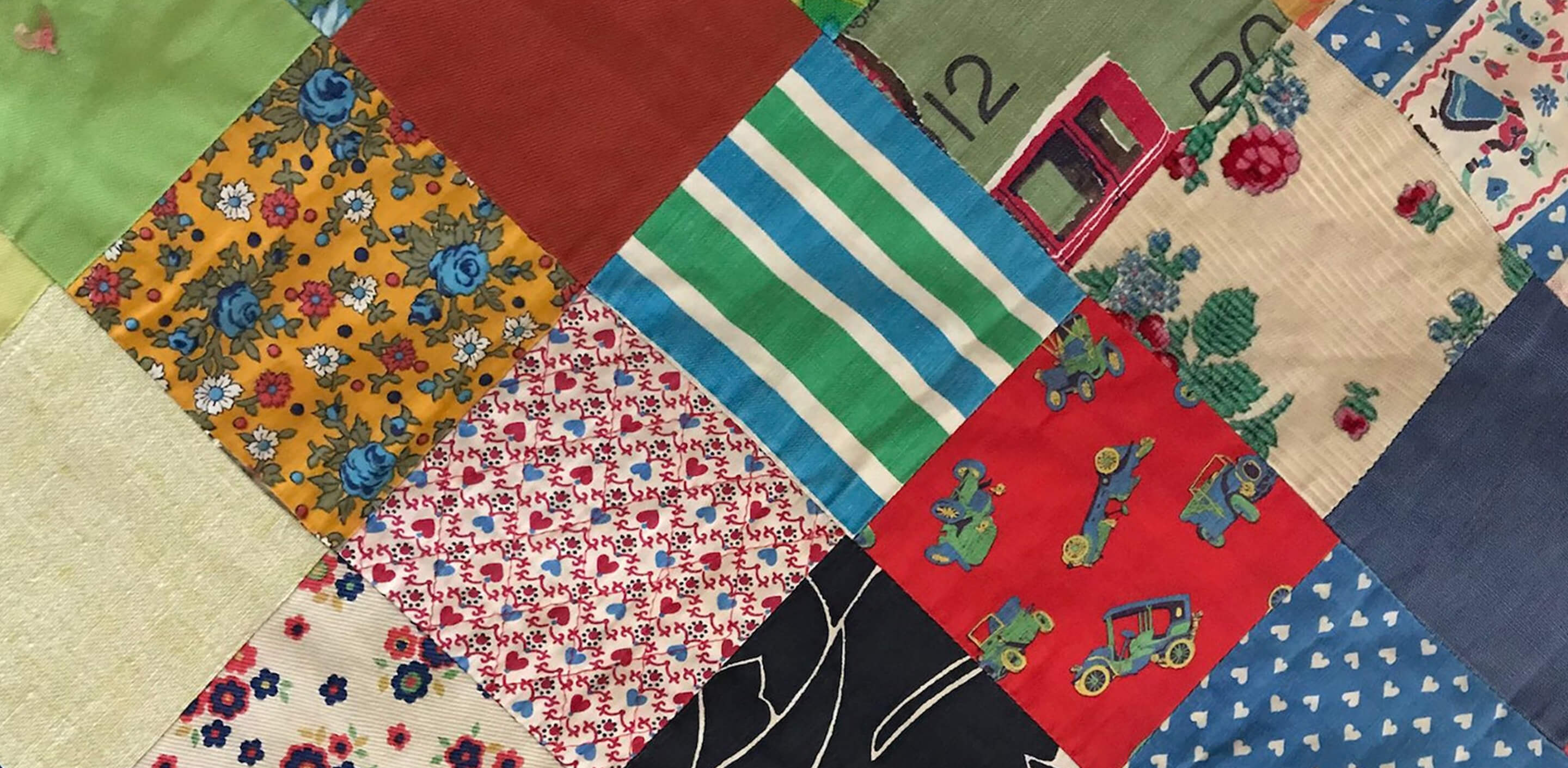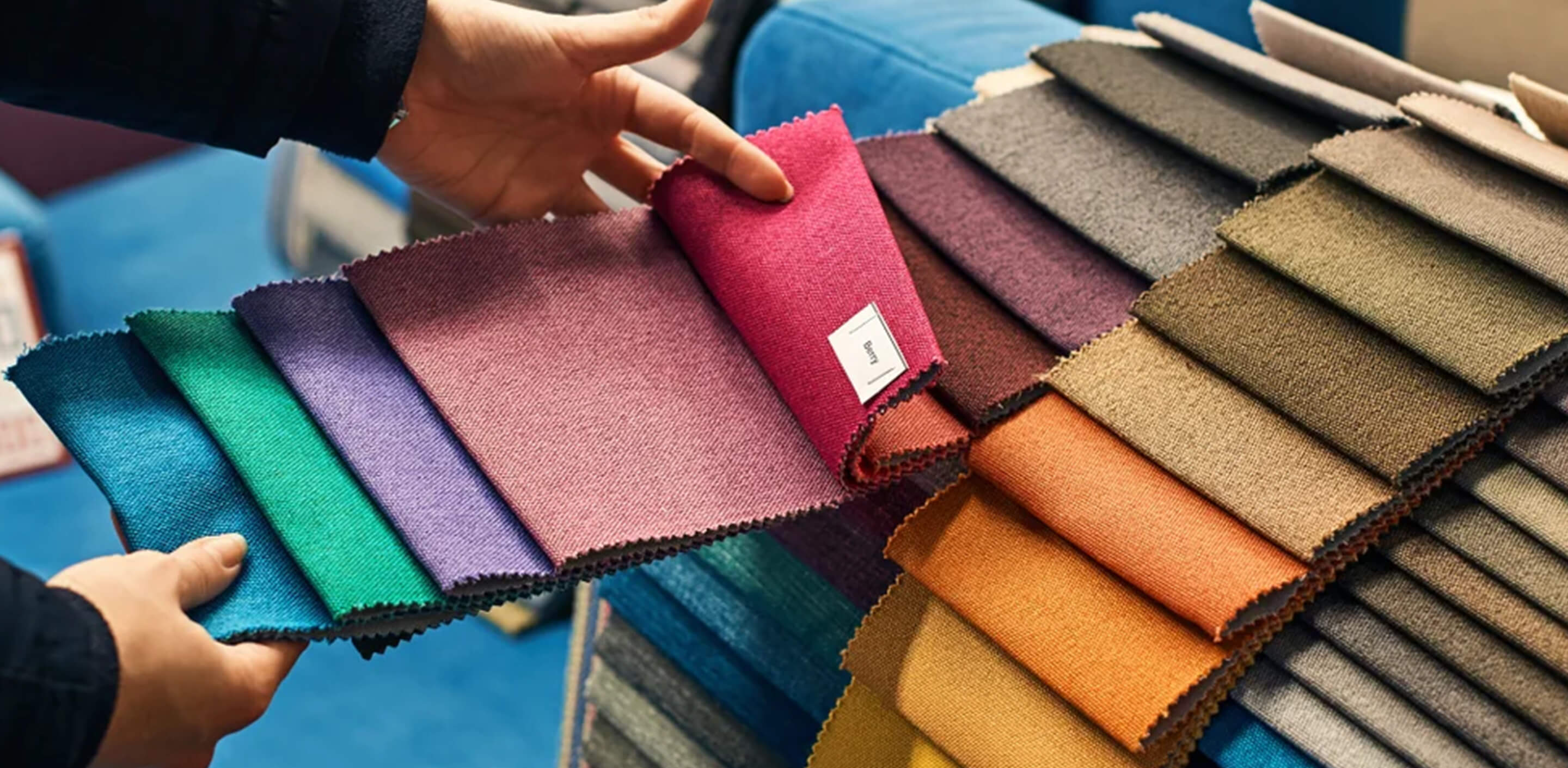There has never been a greater demand for intelligent materials like textiles that can be smoothly integrated with clothing technology, since textiles play a significant role in our daily lives.
There is a lot of excitement about the possibilities of intelligent textiles, but there is also some uncertainty about what can be accomplished with these materials. This article will provide a summary of available goods and answer some often asked questions concerning smart fabrics and their potential fashion applications.
We will describe smart textiles, discuss their significance for the future, and provide some case studies of companies that are already using these cutting-edge materials. Let's get the celebration started right now!
What a "smart textile" is?
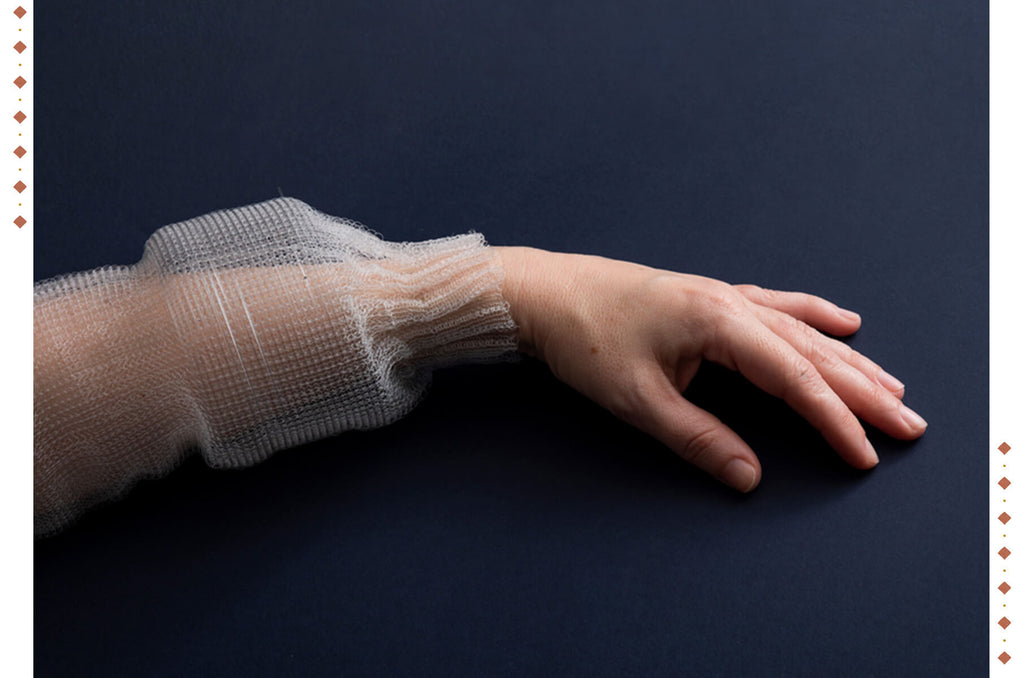
Electronic textiles (e-textiles) or "smart textiles" are constructed from electrical components and may carry out a variety of functions.
The term "smart textiles" refers to technological textiles that are capable of sensing and processing the wearer's state and monitoring or communicating environmental variables. A wide variety of inputs and outputs, including electrical, thermal, mechanical, chemical, magnetic, and more, are used.
When originally used in Japan in 1989, the term "smart material" was a product of that country's innovative spirit. The first textile material to be designated as a smart textile was a memory-effect silk thread.
Conversely, the discovery of shape-memory materials in the 1960s and intelligent polymeric gels in the 1970s is usually seen as the birth of truly smart clothing. It wasn't until the late 1990s that the first intelligent textiles were for sale.
Recent iterations of "smart fabrics" are more akin to "wearable computers" due to their many added features.
Intelligent clothing's use of electrical components should not compromise the ease of wearing conventional textiles.
Sensors, data processing, actuators, storage, and transmission are the five pillars upon which the concept of smart textiles rests. Yet the functionality of the garment, such as comfort, durability, resistance, and so on, must be taken into account when integrating digital components.
How are smart textiles used in the garment business?
The fashion industry may use smart textiles to enhance garments' visual appeal, functional efficiency, and capacity to communicate with their surroundings and other technologies.
Aesthetic
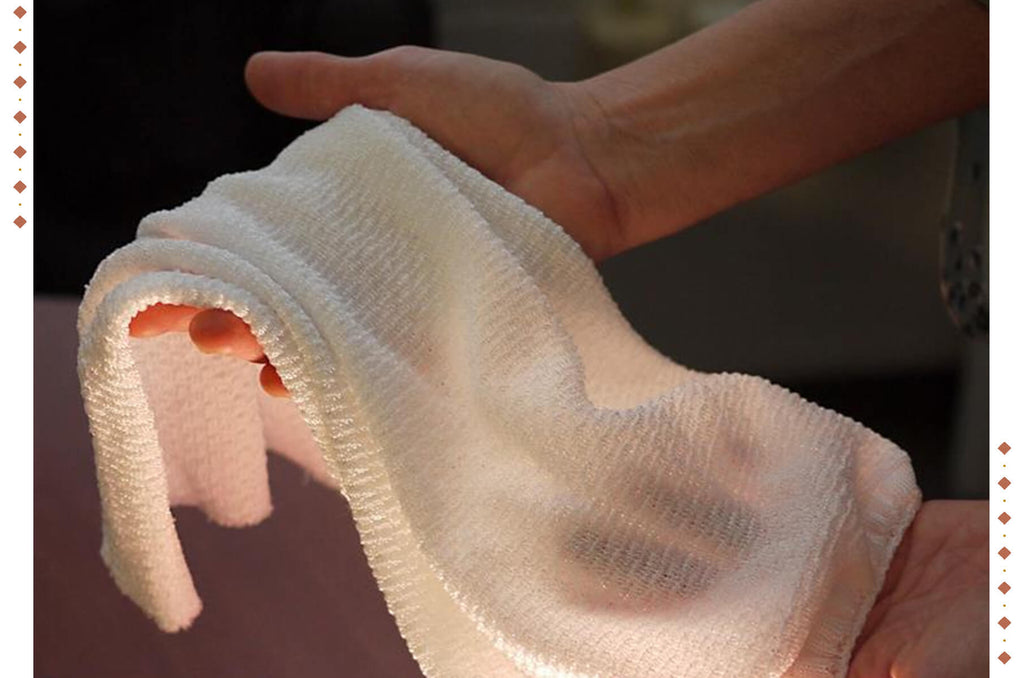
Aesthetically pleasant smart textiles might, for example, glow and change color, have an interactive element, or adapt to their surroundings. Smart materials have previously been included into whole collections by the fashion industry.
Both clothing and home decor may benefit from photochromic, thermochromic, electrochromic, and solvatochromic textiles. As an example, CuteCircuit designs a wide range of garments that may be worn to convey individuality.
One such item is the Mirror Handbag, which uses ultralightweight aerospace aluminum and laser-etched acrylic mirror to create a showcase for spectacular animations generated by white LEDs.
Improved Performance
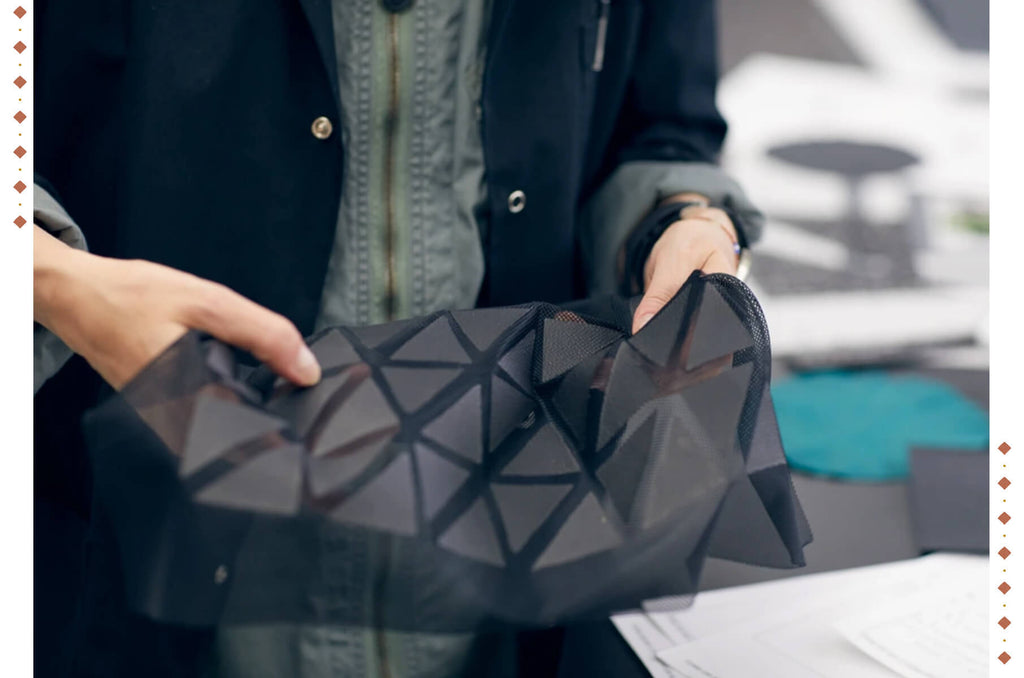
Designed with utility in mind rather than aesthetics, the latest generation of performance-enhancing, cutting-edge materials creates a one-of-a-kind feel in every application. Taking care of one's vitals includes controlling one's core temperature, minimizing wind and water resistance, protecting oneself from radiation, and keeping tabs on physiological processes like heart rate and muscle activity.
Using interaction
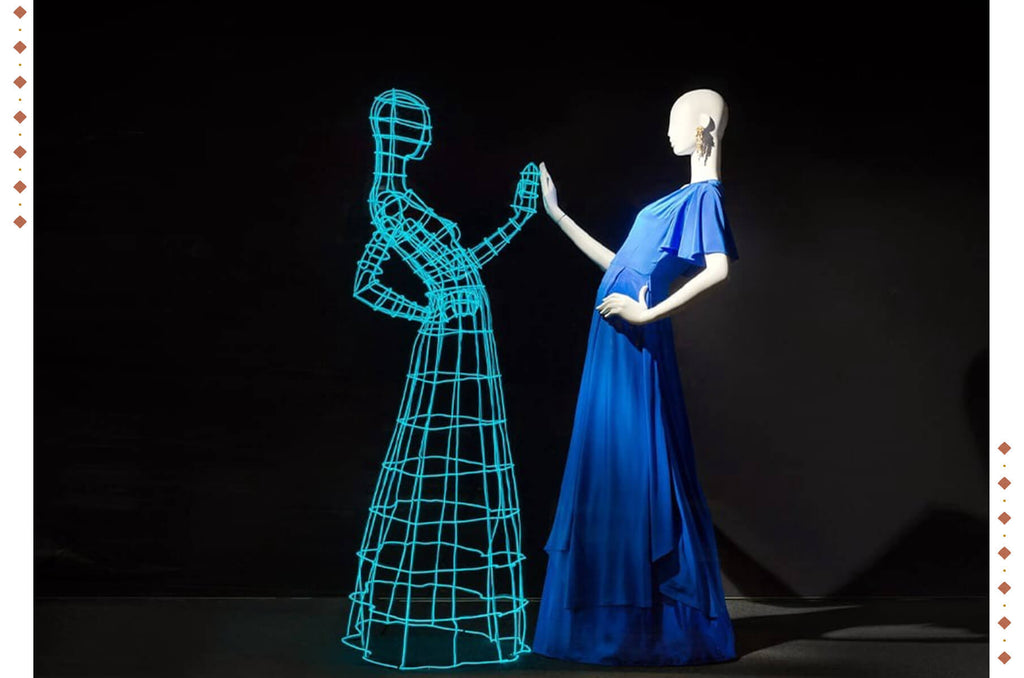
E-textiles are one way to get the most out of hardware like Google's Jacquard. Google's Jacquard technology has found its way into a variety of garments and accessories.
As a result of their partnership, Google and Levi's created a high-tech jacket. The sensitive touch grid built into the fabric of the jacket serves as the user interface, allowing for simple gesture control of functions including making and receiving phone calls, playing music, snapping photographs, and accessing on-the-fly instructions. Not only do e-textiles make it simpler to operate electronic devices, but they also reduce the amount of energy needed to run them.
FAQ
How will smart textiles change the way we think about fashion?
Intelligent aesthetic cloth is employed in the fashion business because of its ability to light up and change color. One common and commercial use of fashionable smart textiles is in the creation of clothing that emits light, such as light-up clothes and shimmering evening dresses.
What are some examples of smart textiles in fashion?
Common examples of passive smart textiles are UV-protecting clothes, conductive fibers, plasma-treated clothing, and waterproof materials. Active smart textiles, in addition to their sensor function, also contain an actuator function, allowing them to respond to environmental stimuli.
We also happen to be a magnet for suggestions, and would love to catch yours….throw us yours on hello@fabriclore.com



